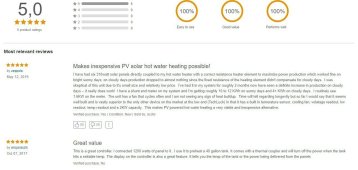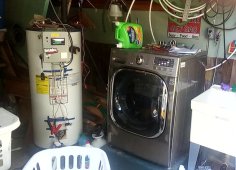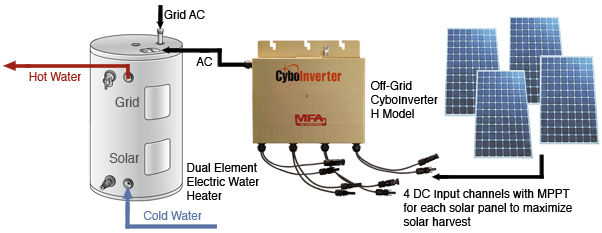Hedges
I See Electromagnetic Fields!
- Joined
- Mar 28, 2020
- Messages
- 20,508
How much is it?
Would be good for a domestic company profiting from their innovation, before knock-offs appear and kill the off.
Main concern I have with this sort of device is power only gets used for heating, so when surplus gets wasted.
Would be good for a domestic company profiting from their innovation, before knock-offs appear and kill the off.
Main concern I have with this sort of device is power only gets used for heating, so when surplus gets wasted.










